Over the past month the news about the Covid-19 pandemic has just gone from bad to worse. Currently the daily increase in the number of cases has climbed above 100,000 while the death rate has risen to over 1,000 a day. Hospitalizations are surging and if the trend continues medical facilities in many states will soon be overwhelmed, possibly resulting in the deaths of many people who could have been saved if adequate medical care had been available.

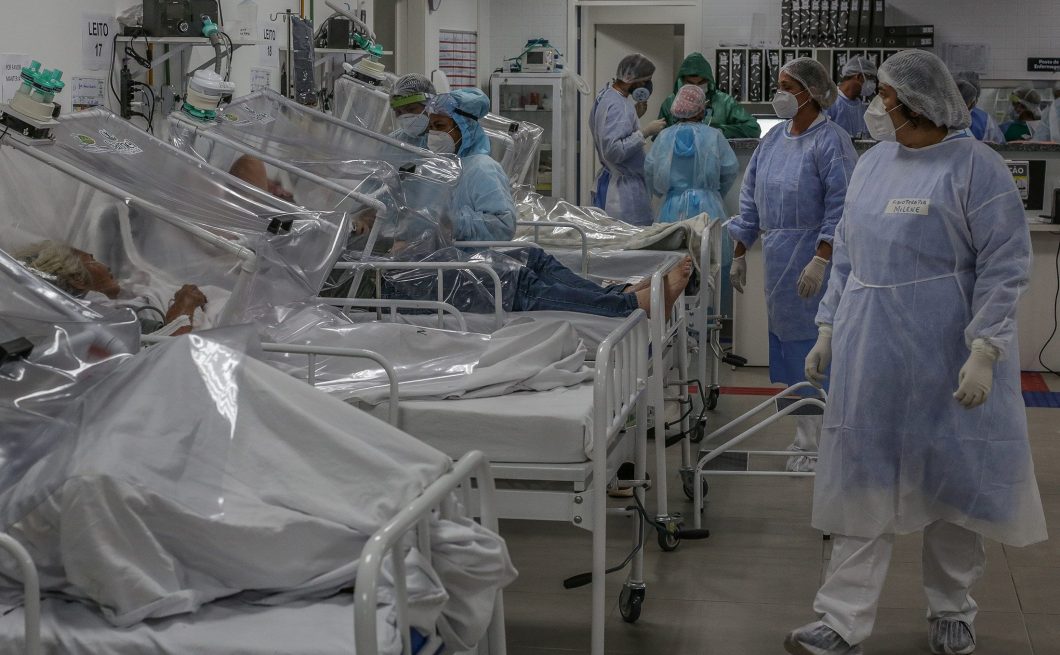
It was hardly surprising therefore that the release of the initial data from the Phase 3 trial of Pfizer corporation’s Covid-19 vaccine was proclaimed throughout the media as something close to a divine miracle. In fact the news was good, better than expected. Of the 44,000 people who participated in the trial none showed any sign of harm that could be attributed to the vaccine.
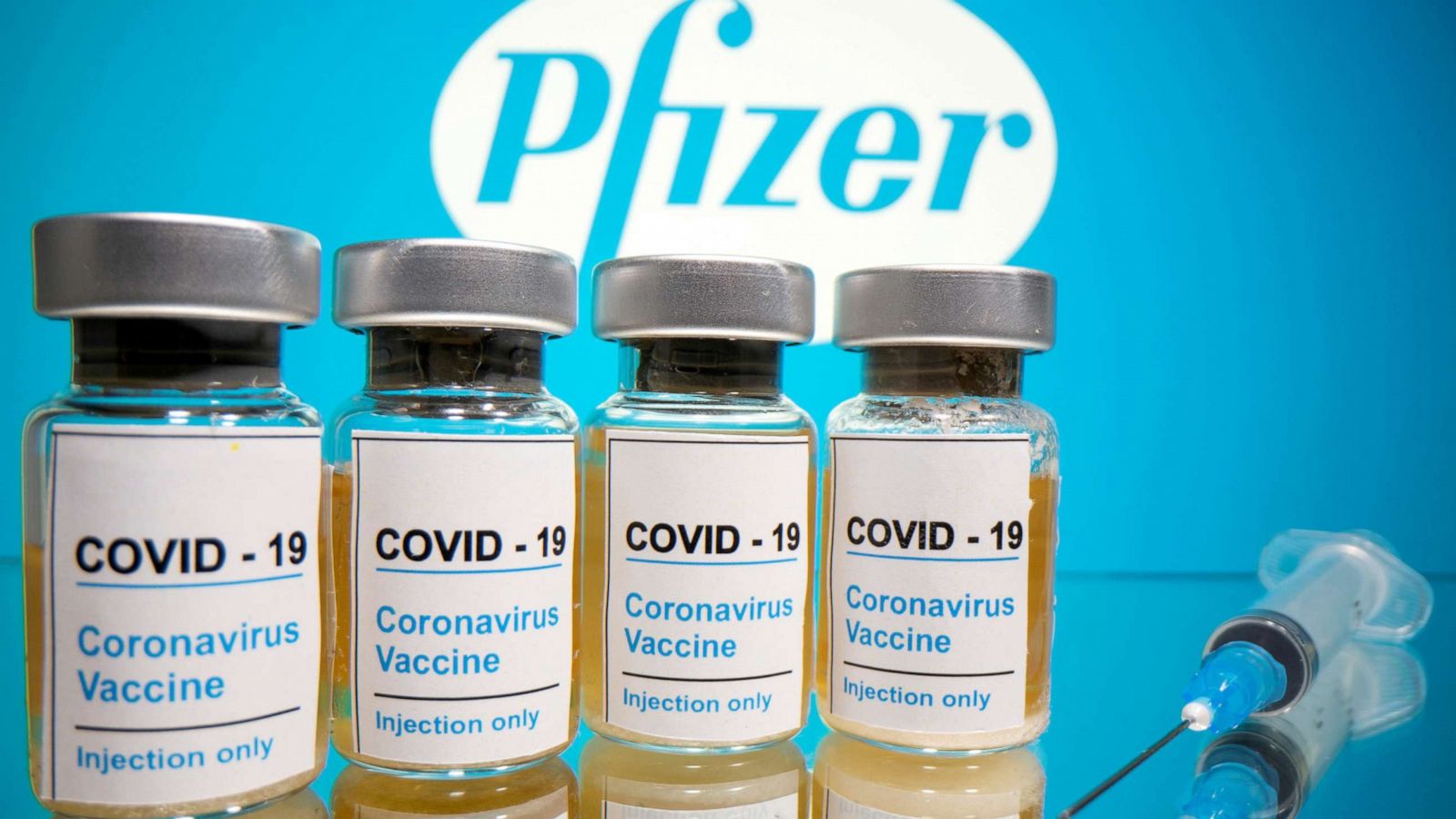
More importantly the preliminary estimate for the effectiveness of the vaccine was calculated at more than 90%. Now it’s important to understand how that estimate is derived. First of all, only half of the 44,000 volunteers actually got the vaccine, the other 22,000 were given a placebo. Then, over the course of more than three months 94 of the participants tested positive for Covid-19 but 90% of those who tested positive were from the placebo group while less than 10% were from the group that had received the vaccine. Statistically that implies that Pfizer’s vaccine provides immunity to Covid-19 to more than 90% of those who receive it.
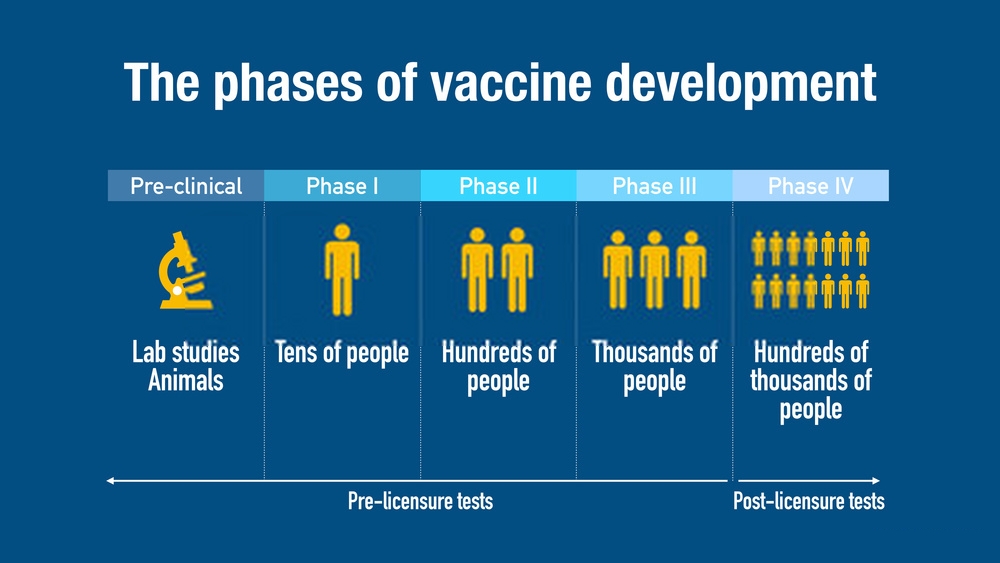
While the full testing isn’t over yet, Pfizer hopes to have enough data to be able to ask the FDA for an Emergency Use Authorization (EUA) by the end of November. If that EUA is granted then Pfizer could begin to supply as many as 20 million doses of their vaccine by the end of the year with more to come in the first months of 2021.
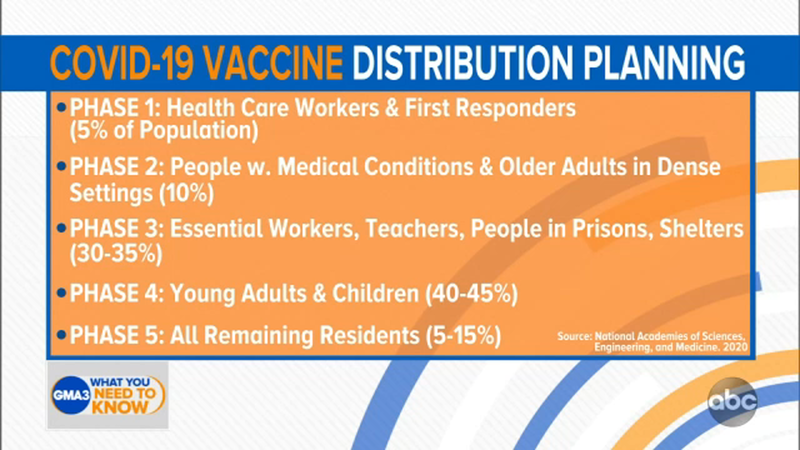
Other drug companies are also nearing the conclusion of their vaccine testing. Just this last Monday the drug company Moderna has announced initial results showing that their vaccine is 94.5% effective. And like Pfizer, Moderna hopes to ask the FDA for an EUA by the end of November. This progress is generating real hope that enough people could be vaccinated by next May or June to finally bring this horrendous disease under control.
That’s the good news; there are a few potential problems as well. The big one is going to be transportation, distribution and administration of the vaccine. You see in order to maintain its effectiveness the Pfizer vaccine needs to be kept at a temperature of -70ºC (-94ºF), and while many vaccines need to be kept cool, -70ºC is unusually cold. So cold in fact that very few refrigerated trucks are capable of such a low temperature, which will make transportation difficult. At the same time your personal physician or local pharmacy is unlikely to have the refrigeration necessary to keep a supply of the vaccine on hand. So the question becomes, how is the vaccine going to get to you? This is the big reason why it will take almost half a year to get enough people vaccinated to make a difference.
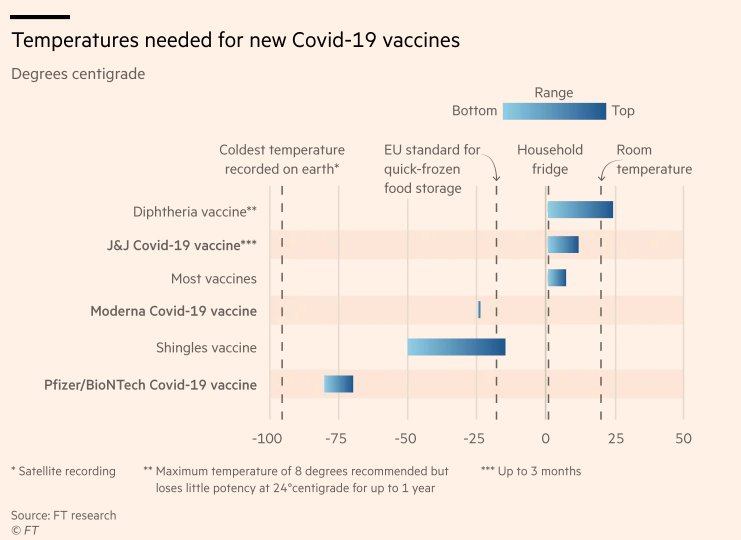
Longer term there is also the question of how long will the immunity provided by Pfizer’s, or any vaccine last. Individual cases of people becoming infected with Covid-19 a second time have been cropping up now for months and studies have indicated that the anti-bodies produced by our bodies start to decay after only a few months. Currently epidemiologists are coming to the conclusion that it may be necessary for people to get vaccinated for Covid-19 every year, just like your yearly flu shot.
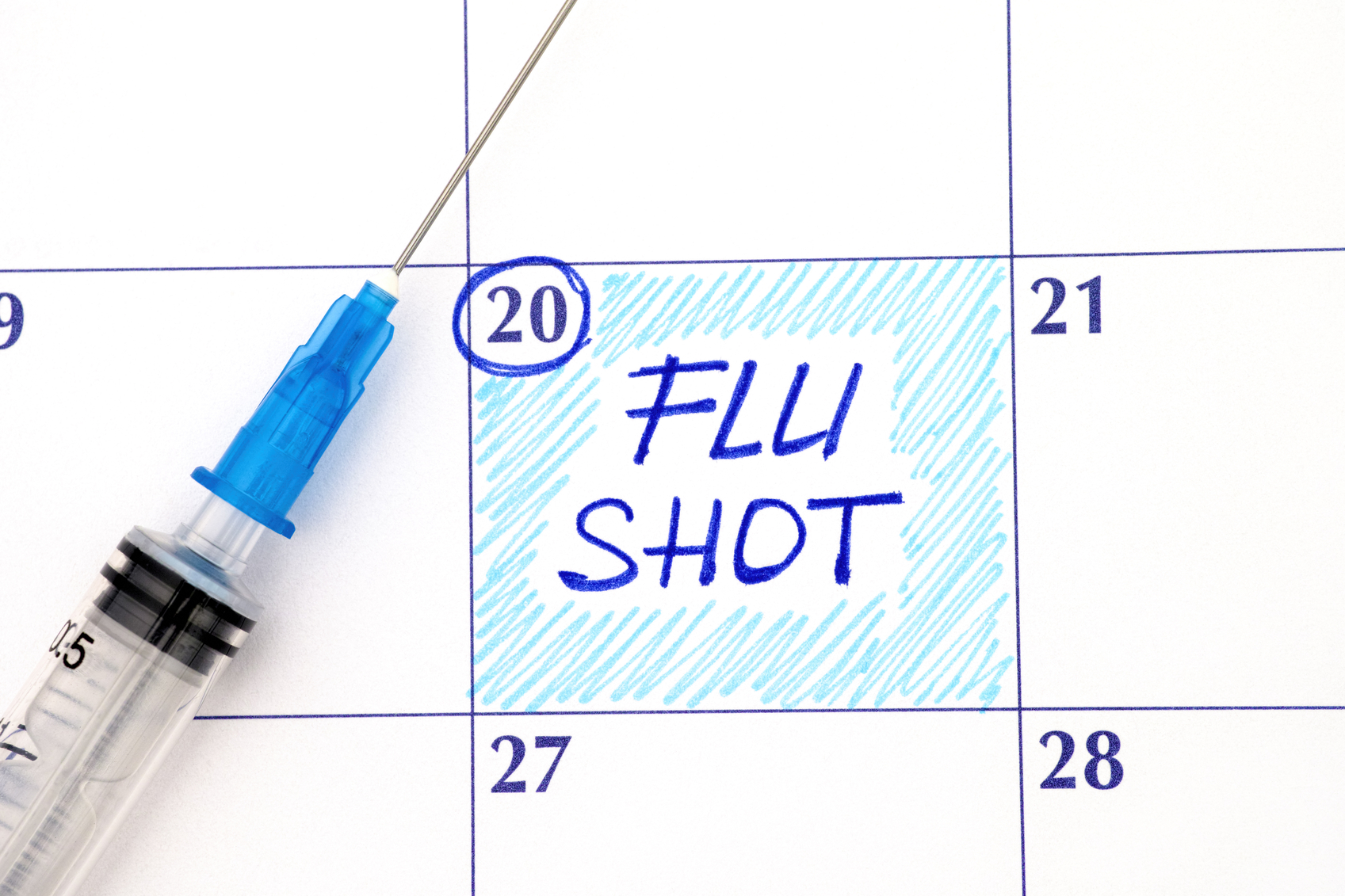
Finally there are the ongoing difficulties of those people who needed to be hospitalized because of Covid-19 and survived, but whom months later have still not fully recovered. These patients have been given the designation of Covid-19 ‘Long Haulers’ and the question of just how long the disease will continue to impact their health is at present totally unknown. There are now tens of thousands of these unfortunate people, and more are joining this ill-fated group everyday.
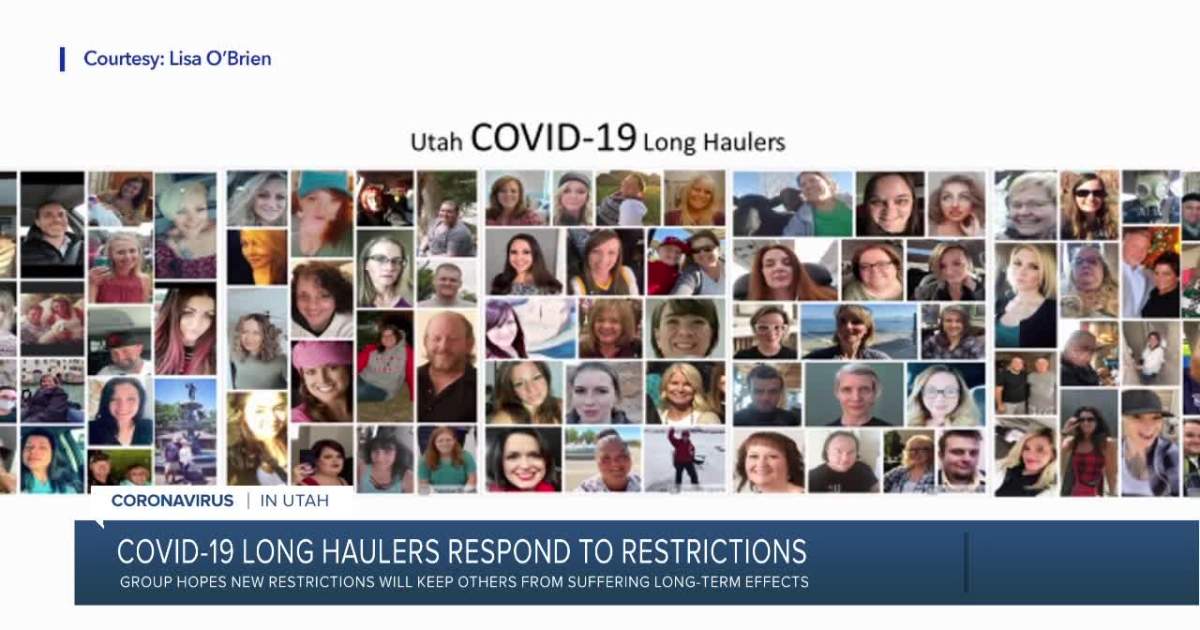
There has even been speculation in the media that, assuming the ‘pre-existing conditions’ statue in Obamacare is struck down, Health Insurance Companies may try to classify anyone who has tested positive for Covid-19 as having a pre-existing condition. Just a few more ways in which Covid-19 may still be harming people years from now. Humanity has been suffering from the Covid-19 epidemic for almost a year now and even if the development of the first safe and effective vaccine is a big step forward there is still going to be a lot more suffering to come. We can only hope that the scientists who are studying Covid-19 now can learn enough lessons to enable us to handle the next pandemic better.
